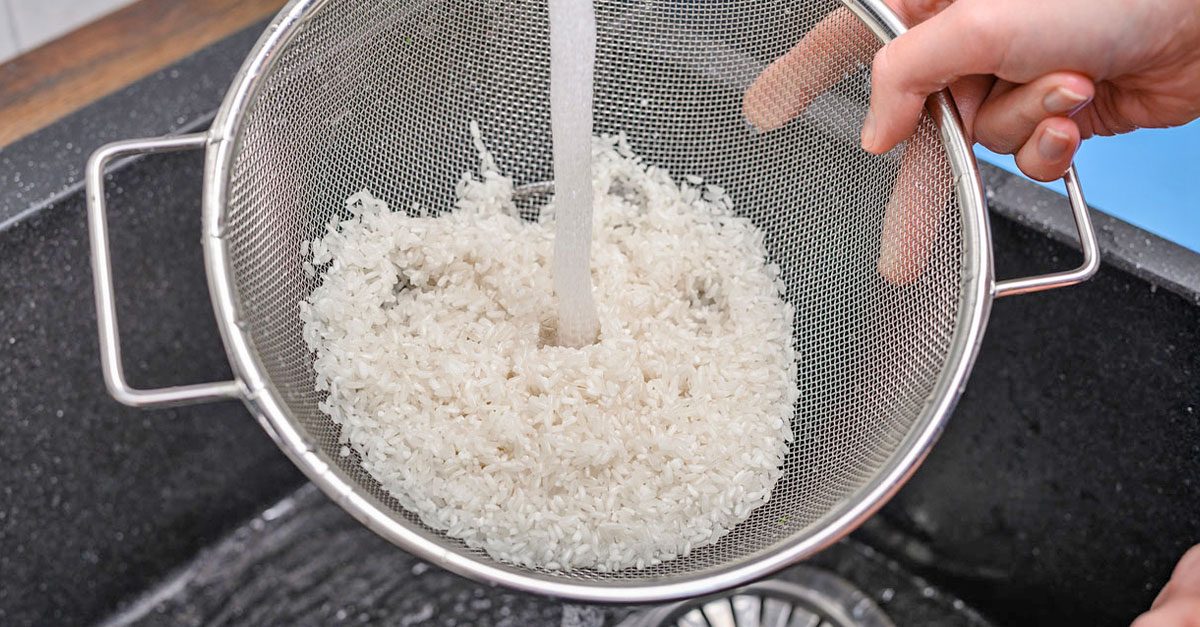10 Grilling Tips for The Perfect BBQ Every Time
Grilling is a popular cooking method that enhances the flavor of food. Below, we take a look at twelve essential grilling tips for perfect BBQ, including preheating the grill, using a meat thermometer, creating heat zones, and experimenting with smoke. Whether you are a seasoned grill master or only just beginning to use one, these tips will help you achieve delicious results every time.
;)
Summer’s here! That also means that it is time to clean your grills and get a barbecue going! Grilling is a beloved cooking method that brings out the best flavors in your food, whether you're cooking meat, vegetables, or even fruit. Here are 12 simple–but essential–tips that every grill user must master to optimize its results.
1. Preheat the Grill
Always preheat your grill before cooking. This ensures even cooking and helps prevent food from sticking to the grates. Aim for at least 10-15 minutes of preheating time.
2. Clean and Oil the Grates
Clean grill grates are essential for both safety and flavor. Use a wire brush to scrub the grates before and after each use to remove any residue. After cleaning, oil the grates to prevent sticking. Use a paper towel dipped in vegetable oil and rub it over the hot grates using tongs.

3. Use a Meat Thermometer
A meat thermometer ensures your meat is cooked to the perfect temperature. This not only enhances flavor but also ensures food safety.
4. Keep the Lid Closed
Keeping the grill lid closed helps maintain a consistent temperature and prevents flare-ups. Only open the lid when necessary to check on or flip your food.
5. Create Heat Zones
Create different heat zones on your grill by stacking more coals on one side or adjusting the burners. This allows you to sear food over high heat and then finish cooking over lower heat. You can also check for hot spots on your grill by placing slices of bread on the grates and toasting them. This will show you which areas are hotter and cooler, allowing you to adjust your cooking accordingly.

6. Let Meat Rest
Allow meat to rest for a few minutes after grilling. This helps the juices redistribute, resulting in more tender and flavorful meat. Also, avoid pressing down on meat with a spatula. This squeezes out the juices, leading to dry and less flavorful meat.
7. Experiment with Smoke
Experiment with adding smoke for extra flavor. Use wood chips or chunks soaked in water and placed on the coals or in a smoker box for a delicious smoky taste.
8. Don’t Overcrowd the Grill
Give your food space to cook evenly. Overcrowding the grill can lead to uneven cooking and increases the risk of flare-ups.

9. Use a Grill Basket
For smaller or delicate foods like vegetables or fish, use a grill basket. This prevents food from falling through the grates and makes flipping easier.
10. Use the Right Tools
Use long-handled grilling tools to keep your hands safe from the heat. Invest in quality tongs, spatulas, and brushes designed for grilling. And don’t forget to keep a spray bottle filled with water nearby to quickly extinguish any flare-ups without dousing the food.
;Resize,width=767;)
;Resize,width=712;)
;Resize,width=712;)

